Highlights:
- Panoramic views of Langtang Lirung, Dorje Lakpa, Shishapangma, and other peaks.
- Experience the rich Tibetan-influenced culture of the Langtang Valley.
- Diverse landscapes including forests, rivers, and traditional villages.
- Opportunity to explore the unique flora and fauna of the national park.
- Visit the famous monastery and cheese factory in Kyanjin Gompa.
- Optional hike for acclimatization with breathtaking views.
- Set up camp at the base with stunning surroundings.
- Suitable for climbers with basic mountaineering skills.
- Experience the thrill of climbing to Yala Peak, a 5,500-meter peak.
- Warm and welcoming interactions with local communities.
Overview
How does a beautiful and non-technical climb to a mountain peak in the Himalayas sound to you? Is climbing an adventure that you are looking forward to? The Yala Peak Climbing trip can be your perfect adventure. A mix of trekking and climbing in the Langtang region of the Himalayas will make your Yala Peak climb experience a memorable one.
Langtang is the nearest Himalayan trekking region from Kathmandu. The region offers incredibly beautiful trekking adventures. Trekking adventures like Langtang Gosaikunda Trek in the region offer a perfect chance to witness the magnificence of the mountains. Yala Peak’s height, standing above 5,500 meters (18,110 feet), offers a challenging yet rewarding climb for mountaineers in the Langtang region of Nepal.
What you can see during Yala Peak Climbing Adventure
Although the Yala peak stands only at 5,500 meters above sea level. Climb of Yala Peak brings a breathtaking view of the surroundings from the summit. As soon as you start Yala Peak trekking in the Langtang valley, you will see how magnificent the region is. It offers you a peaceful atmosphere to yala peak trek along with beautiful surroundings.
The yala peak trek goes deeper towards the Langtang valley and heads to the Yala Peak base camp for the climb. You can enjoy the view of snow-capped mountains and beautiful nature in the region. The views will simply blow your mind away. The Yala Peak Adventure Climb offers peaceful surroundings of the Langtang valley and the breathtaking view of the mountains make your time unforgettable.
Reasons this trip becomes an Experience
Nepal Climbing Adventure always strives to offer an adventure traveling experience that you can cherish. While the Yala Peak Climbing Adventure is beautiful in its all essence, your experience of trekking there becomes even more beautiful with us.
By the time we take you to the base camp and bring you back, we take one step ahead to offer you a beautiful experience. During the Yala Peak Adventure Climb, we keep your safety and happiness is our top priority and you will experience the same during the trip.
Trekking and climbing adventure to Yala Peak with us is traveling in safe hands.
Difficulty of Yala Peak Climbing
The yala peak climbing difficulty is moderate compared to other high mountains. The Yala Peak Ascent doesn’t require advanced technical skills, but climbers should be in good physical shape. Basic climbing equipment, like crampons, ice axes, and harnesses, are necessary. The Yala Peak route involves some scrambling and walking on glaciers, but it is less demanding than many other peaks in the Himalayas. One of the challenges is the altitude. Climbers need to acclimatize properly to prevent altitude sickness. The yala peak trek includes several days of hiking before reaching the peak to allow the body to adjust to the thin air. This gradual Yala Peak Ascent helps in reducing the risk of altitude-related issues.
Weather conditions can also impact the yala peak climbing difficulty. The best time for Yala Peak climb is during the spring and autumn months when the weather is more stable. Winter brings heavy snowfall, and summer can have monsoon rains, both of which can make the climb more challenging. Yala Peak climb offers a manageable challenge with beautiful scenery, making it ideal for those looking to Yala Peak climb experience in the Himalayas without the extreme difficulty of higher peaks. Proper preparation and acclimatization are key to a successful Yala Peak Ascent.
Deaths:
Yala Peak is a popular climbing destination in Nepal. It is known for its stunning views and relatively easy ascent compared to other peaks in the region. Despite its popularity, climbing Yala Peak involves risks, and safety is a primary concern for climbers. The yala peak climbing deaths rate during Yala Peak climbing is relatively low compared to more challenging peaks like Everest or K2. However, climbers should not underestimate the dangers. The main risks come from altitude sickness, weather changes, and physical exhaustion. Altitude sickness occurs when climbers ascend too quickly without giving their bodies time to adjust to the lower oxygen levels. Climb of Yala Peak can lead to serious health issues if not managed properly.
Weather conditions can also pose risks. The weather in the Himalayas can be unpredictable, and sudden storms or extreme cold can create hazardous conditions. Climbers must be prepared for these changes and have the right gear and knowledge to handle them. Physical exhaustion is another risk factor. Even though Yala Peak climb is considered a less technical climb, it still requires good physical fitness. Climbers who are not adequately prepared might struggle with the demands of the climb.
Guides and support teams play a crucial role in minimizing risks. They provide essential assistance, help manage acclimatization, and ensure that Yala Peak safety protocols are followed. Choosing a reputable climbing agency and experienced guides can significantly reduce the risks associated with climbing Yala Peak. While the yala peak climbing deaths rate during Yala Peak climbing is low, climbers should be aware of potential risks. Proper preparation, awareness of weather conditions, and physical fitness are key to a safe and successful climb.
Cost:
Climbing Yala Peak in Nepal is an exciting adventure, and understanding the yala peak climbing cost is necessary for planning. Here is a detailed breakdown of the typical expenses:
- Permits and Fees: During Climb of Yala Peak, you need a climbing permit and a TIMS (Trekkers' Information Management System) card. The climbing permit costs around $200. The TIMS card costs approximately $10. Total for Yala Peak climb permits and fees is around $210.
- Package Cost: The overall package for climbing Yala Peak usually ranges from $1,500 to $2,500 per person. This Yala Peak climb cost often includes several essential services.
- Accommodation: During the trek to the base camp, accommodation is typically in lodges or teahouses. These are basic but comfortable. Accommodation costs are generally covered by the package. For the Climb of Yala Peak, you will stay in tented camps. The accommodation costs are included in the overall price of the Yala Peak climbing package.
- Food: Meals are included in the package. You will get breakfast, lunch, and dinner throughout the yala peak trek and climb. The food is simple but nutritious to keep you energized. The cost of food is part of the package deal.
- Guides and Porters: Experienced guides and porters are essential for a successful climb. Guides help with navigation and safety, while porters carry your gear. The cost for these services are included in the price of Yala peak climbing.
- Equipment Rental: Basic climbing gear like harnesses, helmets, and ice axes is usually provided. However, you might need to rent or buy additional gear, such as climbing boots or crampons. The rental for additional equipment can cost around $100 to $200, depending on what you need.
- Miscellaneous Costs: You might also want to budget for tips for guides and porters, which is usually around $50 to $100
Outline Itinerary:
Day 01: Arrival in Kathmandu (1400m)
Day 02: Sightseeing Tour in Kathmandu
Day 03: Kathmandu – Syabrubesi
Day 04: Syabrubesi – Lama Hotel
Day 05: Lama Hotel – Langtang
Day 06: Langtang - Kyanjin Gompa
Day 07: Kyanjin Exploration Day
Day 8: Kyanjin - Yala Peak Base Camp (4,800m)
Day 9: Base Camp – Yala Peak Summit (5,500m) - Kyanjin
Day 10: Contingency Day
Day 11: Kynajin Gompa – Lama Hotel
Day 12: Lama Hotel – Syabrubesi
Day 13: Syabrubesi – Kathmandu
Day 14: Departure Day?
Best Time for Yala Peak Climbing
The best time for Yala Peak climbing are:
- April to May (Spring):
From April to May, during spring, Yala Peak climbing conditions are ideal. The temperatures are warm, making climbing more comfortable. The skies are usually clear, providing excellent visibility for enjoying the stunning views of the surrounding mountains and landscapes. There is a lower risk of heavy snowfall, which helps ensure a safer and more enjoyable climbing experience. This time of year offers the perfect balance of good weather and manageable conditions, allowing climbers to fully appreciate the natural beauty of the region.
- September to November (Autumn):
From September to November, during autumn, Yala Peak offers great climbing conditions. The temperatures are moderate, which makes for a comfortable climb. After the monsoon season, the skies are clear, providing excellent visibility and stable weather. This period has fewer chances of rain or snow, reducing the risk of difficult or dangerous conditions. The crisp air enhances the overall climbing experience, allowing climbers to enjoy the breathtaking scenery and panoramic views of the surrounding landscape. This is a perfect time to experience Yala Peak’s natural beauty in favorable weather.
-
June to August (Monsoon Season):
From June to August, during the monsoon season, climbing Yala Peak is not ideal. Heavy rains make the trails slippery and difficult to navigate, increasing the risk of accidents. The wet and unstable terrain can lead to dangerous climbing conditions, with a higher chance of landslides and poor visibility. The persistent rain also adds to the challenge, making it uncomfortable and risky for climbers. Overall, the monsoon season presents significant obstacles that can impact safety and enjoyment, so it’s best to avoid climbing during this time.
-
December to February (Winter):
From December to February, during winter, climbing Yala Peak is challenging and risky. The temperatures are very cold, and there is a high potential for heavy snowfall. These conditions increase the risk of avalanches and make climbing difficult. The extreme weather can also lead to hazardous conditions, making the climb dangerous and uncomfortable. The cold and snow can affect safety and slow down progress, so it is advisable to avoid climbing during this period.
Permits for Yala Peak Climbing
The necessary yala peak permits required during Yala Peak climbing are as:
- TIMS (Trekkers' Information Management System) Card:
The TIMS (Trekkers' Information Management System) Card is a mandatory yala peak permit for all trekkers in Nepal. It is issued by the Nepal Tourism Board (NTB) and the Trekking Agencies' Association of Nepal (TAAN). This card helps track and ensure the safety of trekkers by recording their routes and emergency information. The TIMS Card is priced at $10 for individual trekkers and $6 for groups of more than 10 people. To obtain it, you need to submit a completed application form, a copy of your passport, and the appropriate fee.
- Langtang National Park Entry Permit:
The Langtang National Park Entry Permit is required for anyone visiting Langtang National Park. This yala peak permit is issued by the Department of National Parks and Wildlife Conservation to help manage and protect the park's natural environment. The permit costs $30 for foreign visitors and NPR 1,000 for Nepali citizens. It ensures that visitors contribute to the park's conservation efforts and follow its regulations. To get the permit, you can pay the fee at the park entrance or a designated office. This permit is essential for Yala Peak trekking, climbing, or any activities within the park area.
- Yala Peak Climbing Permit:
The Yala Peak Climbing Permit is required for climbing Yala Peak in Nepal. This permit is issued by the Nepal Mountaineering Association (NMA) and ensures that climbers adhere to safety and regulatory standards. The yala peak permit costs $350 for foreign climbers. Yala Peak climb permits are essential for gaining permission to ascend Yala Peak and helps support the management and conservation of the climbing area. To obtain the permit for Yala Peak Adventure Climb, you need to apply through a recognized trekking agency, provide necessary documentation, and pay the permit fee. The permit is crucial for ensuring a safe and regulated climbing experience.
Accommodation and Food during the Yala Peak Climbing
When climbing Yala Peak, comfortable accommodation and nutritious food are essential for a successful and enjoyable experience. The journey typically begins in Kathmandu, where climbers stay in hotels that offer modern amenities such as Wi-Fi, hot showers, and comfortable beds. This initial rest helps you prepare for the Yala Peak adventure ahead.
-
Accommodation:
As you leave Kathmandu and start Yala Peak trekking, the accommodation shifts to tea houses along the Yala Peak route. These teahouses are simple lodges that provide basic yet cozy rooms. They often have twin beds, thick blankets, and shared bathroom facilities. While the amenities might be basic, the warm hospitality of the hosts makes up for it. Staying in these teahouses allows you to experience local culture and interact with fellow trekkers. At higher altitudes, like Kyanjin Gompa, the tea houses become more rustic. The rooms may be smaller, and facilities more basic, but they offer a warm place to rest after a long day of trekking. Some tea houses have communal dining areas with wood stoves to keep you warm. It’s a great place to share stories and enjoy meals with other climbers. During the climbing phase at Yala Peak Base Camp, accommodation is in tents. These tents are typically shared between two climbers and are equipped with sleeping mats and warm sleeping bags. The Yala Peak Base Camp Climbing experience is more rugged, but it adds to the Yala Peak adventure. The campsite is usually set up by the climbing team, and they ensure you have everything needed for a comfortable night’s sleep.
-
Food:
Food during the yala peak trek and climb is crucial for maintaining energy and health. In teahouses, you’ll find a variety of meals, including traditional Nepali dishes like dal bhat (lentil soup with rice), as well as pasta, noodles, and soups. The food is freshly prepared and quite filling, catering to the dietary needs of trekkers. Breakfasts often include items like porridge, eggs, and toast. At higher altitudes and during the climb, meals become simpler but still nutritious. The climbing team usually prepares food, focusing on high-energy items like soups, noodles, rice, and snacks. Hydration is also key, so you’ll be encouraged to drink plenty of water and tea.
What is included?
- All types of organizational requirements
- All trekking and climbing paper works and permits for the Yala Peak climb
- All airport and hotel transfers
- Welcome and farewell dinner
- Accommodation and meals during the entire Yala Peak expedition
- Government and local taxes
- Reference notes to plan your trip
- An experienced English speaking climbing guide, assistant climbing guide, Sherpa porters including their salary, insurance, food, lodging and all equipments
- A comprehensive medical kit
- Facilities of Email and satellite phones in base camp
- Necessary oxygen bottles
What is not included?
- Nepal Visa fee(bring small denomination cash USD and two passport photographs)
- International airfare
- Excess baggage charges
- Extra night accommodation apart from the schedule due to any reasons
- Lunch and evening meals in case of early return than the scheduled itinerary for Yala Peak climb
- Travel and rescue insurance
There are a number of things that you need to keep in mind if you ever plan for your vacation. Because you want to make the most out of your limited time, it is truly a hectic job for you to find a trustworthy and experienced traveling companion. With Nepal Climbing, you have your problem solved already as we are one of the leading Trekking and Mountaineering organizations in Nepal and have been providing first class service in several travelling packages across the country for many years.
We prioritize your satisfaction and safety
At Nepal Climbing Adventure, our ultimate objective is to arrange the programs for you to make the most out of your valuable time. We value your satisfaction, adventure, amusement and safety. Regardless of whether you are searching for stunning perspectives along the trekking trails in Himalayan mountain range or widely acclaimed, heavenly attractions with developed societies, our exposure and experience in travel business will help you ensure your requirements are met.
We have professional staffs and service
We trust that extraordinary staff lead awesome administration. That is the reason we are collaborated with experienced and eager individuals. We possess authorized and government certified guides who are very much furnished with broad learning of Nepali communities and traditions. They additionally have familiar English speaking abilities and hierarchical capacities to encourage all types trekking groups.
Responsible Tourism and social values
We are endeavoring to lessen the effect of tourism by guaranteeing our staff are very much aware of ecological issues. We are doing our best to create less waste as could be expected under the circumstances and make a point to reclaim non-compostable wastes. We outline our itineraries and work in the field guided by the standards of ecotourism and reasonable tourism. Moreover, all our staff have been given ecological preparing and are extremely aware to the eco-system we enter. Additionally, we are adhering to sustainable assets of energy. Our guides will share you the social values, culture and religious harmony for better understanding the groups you visit.
Customizable Service
Our promise is to provide you with the travelling packages customizable according to your demand fulfilling your budget criteria. So, we can facilitate a minimum of 2 individuals with a personalized service at a reasonable cost.
Online Payment
Or
WIRE TRANSFER
Bank Details:
Account Holder's Name: Nepal Climbing Adventure Pvt. Ltd.
Bank Name: Himalayan Bank Ltd.
Account Number: 01907449340018
Account Type: USD
Address: Thamel, Kathmandu, Nepal
SWIFT CODE: HIMANPKA
For more detail contact us:
Krishna Subedi (Chris Chhetri): +977 9851076791 (24/7, Call/Viber/Watsapp)
We recommend our guests have a valid insurance policy before undertaking an adventure in Nepal Himalaya. During treks and expeditions, the insurance should cover for expenses such as air ambulance, helicopter rescue, and medical care. As an adventure operator, we (NCA), are not permitted to arrange or sell insurance packages here in Nepal as per the Government of Nepal.
Trekking Gears and Equipment needed for Climbing Yala Peak
Here's a list of essential trekking gear and equipment needed for climbing Yala Peak:
Footwear:
- Trekking Boots: Sturdy, waterproof, and insulated.
- Gaiters: To keep snow and debris out of boots.
Clothing:
- Base Layers: Moisture-wicking thermal tops and bottoms.
- Insulating Layers: Fleece or down jacket for warmth.
- Outer Layers: Waterproof and windproof jacket and pants.
- Gloves: Waterproof and insulated.
- Hat and Beanie: For warmth and sun protection.
- Sunglasses: UV protection for high-altitude sun.
Technical Climbing Gear:
- Crampons: For traction on ice and snow.
- Ice Axe: For self-arrest and stability on icy terrain.
- Harness: For safety and securing gear.
- Carabiners: For climbing and securing ropes.
- Ropes: If required for specific climbing sections.
Camping Gear:
- Tent: Lightweight and suitable for high-altitude conditions.
- Sleeping Bag: Insulated for cold temperatures.
- Sleeping Pad: For added insulation and comfort.
- Stove and Fuel: For cooking meals.
Safety and Navigation:
- Headlamp: With extra batteries.
- First Aid Kit: For minor injuries and emergencies.
- Map and Compass: For navigation, or GPS device.
- Personal Locator Beacon (PLB): For emergency situations.
Other Essentials:
- Backpack: Comfortable and with adequate capacity.
- Trekking Poles: To aid in balance and reduce strain.
- Water Bottle: Insulated to prevent freezing.
- Snacks: High-energy food for the trek.
Personal Items:
- Sunscreen: High SPF for sun protection.
- Lip Balm: For protection against chapping.
- Toiletries: Basic hygiene items.
1. Is Yala Peak difficult?
Yala peak is labelled as a moderate level difficulty. Although the peak climb is not difficult, It requires a good physique of climber and proper acclimatization. The altitude is difficult, due to the high ascent and lower temperature.
2. Where is Yala Peak located?
Yala peak is located in the Langtang region of Nepal. It offers a mesmerizing view among nature that truly leaves its climbers with joy and opportunity to connect with Nature. Yala peak is a combination of trekking and climbing.
3. How long does it take to climb Yala Peak?
It basically takes 1-2 days to climb the peak from the base camp. However, starting the route from the Kathmandu value following the certain itinerary along with acclimatisation days and visiting famous places along the route takes 14 days.
4. When is the best time for Yala Peak climbing?
The best time for Yala peak climbing is when the skies are clear and chances of rainfall are low. This usually falls in the Spring(April- May) and Autumn(September- November) season.
5. How high is Yala Peak Base Camp?
Yala peak climbing stands at an elevation of 5,500 meters (18,110 feet). It offers a challenging yet rewarding climb for mountaineers in the Langtang region of Nepal.
6. What are the three peaks climbing in Nepal?
Three popular peaks for climbing in Nepal are:
- Island Peak (Imja Tse): Island Peak is a favorite among climbers seeking an introductory climb to Himalayan peaks in Everest region.
- Mera Peak: Known as the highest trekking peak in Nepal, Mera Peak in the Khumbu region offers breathtaking views of five 8,000-meter peaks.
- Lobuche East Peak: Lobuche East is known for its technical climbing sections and stunning vistas of the Himalayas in the Everest region.
7. Which is the hardest trekking peak climbing in Nepal?
The hardest trekking peak climbing in Nepal is often considered to be Ama Dablam. Though it is not a trekking peak in the traditional sense and is classified as an expedition peak, its technical difficulty, steep ascents, and exposure make it one of the most challenging climbs in the Himalayas. For trekking peaks, Lobuche East Peak is often cited as one of the more technically demanding climbs due to its steep and icy sections.
8. Which is the easiest peak climbing in Nepal?
Yala Peak is frequently regarded as one of the easiest peaks to climb in Nepal. Located in the Langtang region, Yala Peak does not require technical climbing skills and is suitable for beginners who want to experience Himalayan climbing.
9. Are permits required for climbing Yala Peak?
Yes, permits are required for climbing Yala Peak. Climbers need to obtain a Langtang National Park entry permit and a TIMS (Trekkers' Information Management System) card. Additionally, a special climbing permit issued by the Nepal Mountaineering Association (NMA) is required for Yala Peak.
10. Is a permit for Yala Peak climb included in the package?
The inclusion of necessary permits in the climbing packages depends on the trekking and climbing package you choose. Most tour operators provide comprehensive climbing packages that include the cost of permits. However, it is crucial to confirm with your tour operator whether the package includes permits for the Yala Peak climb or if you need to arrange them separately.
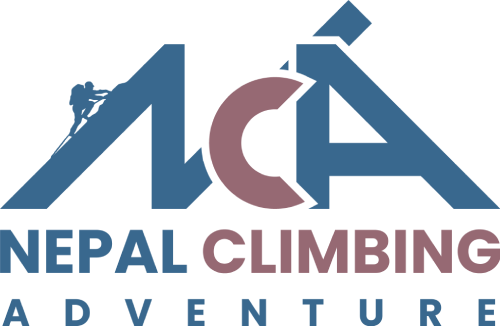
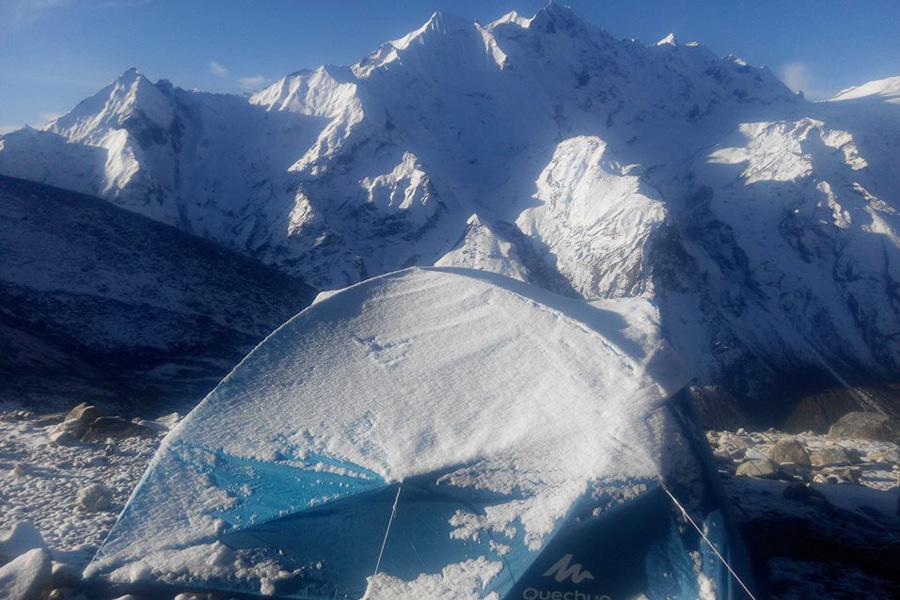
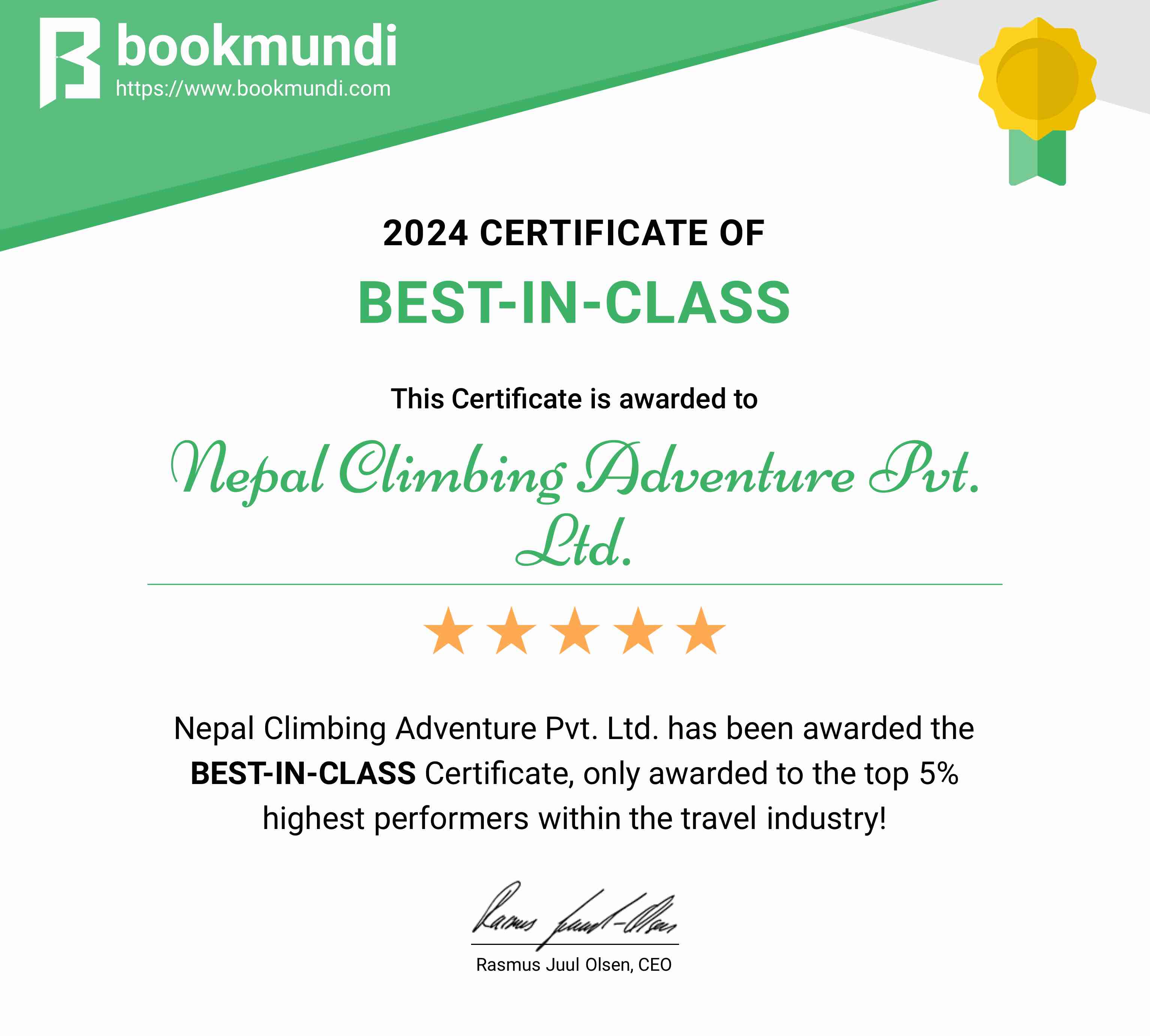

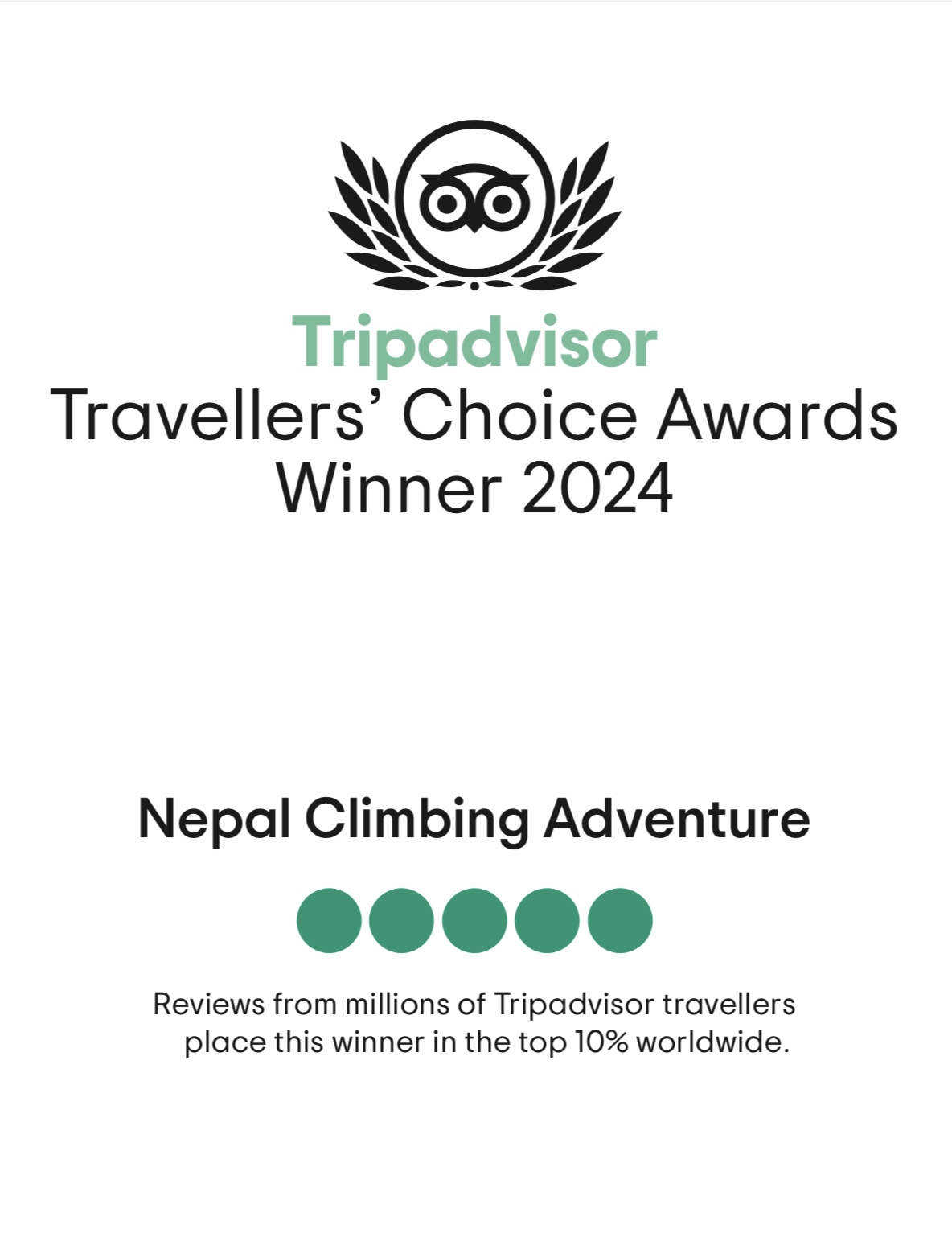
















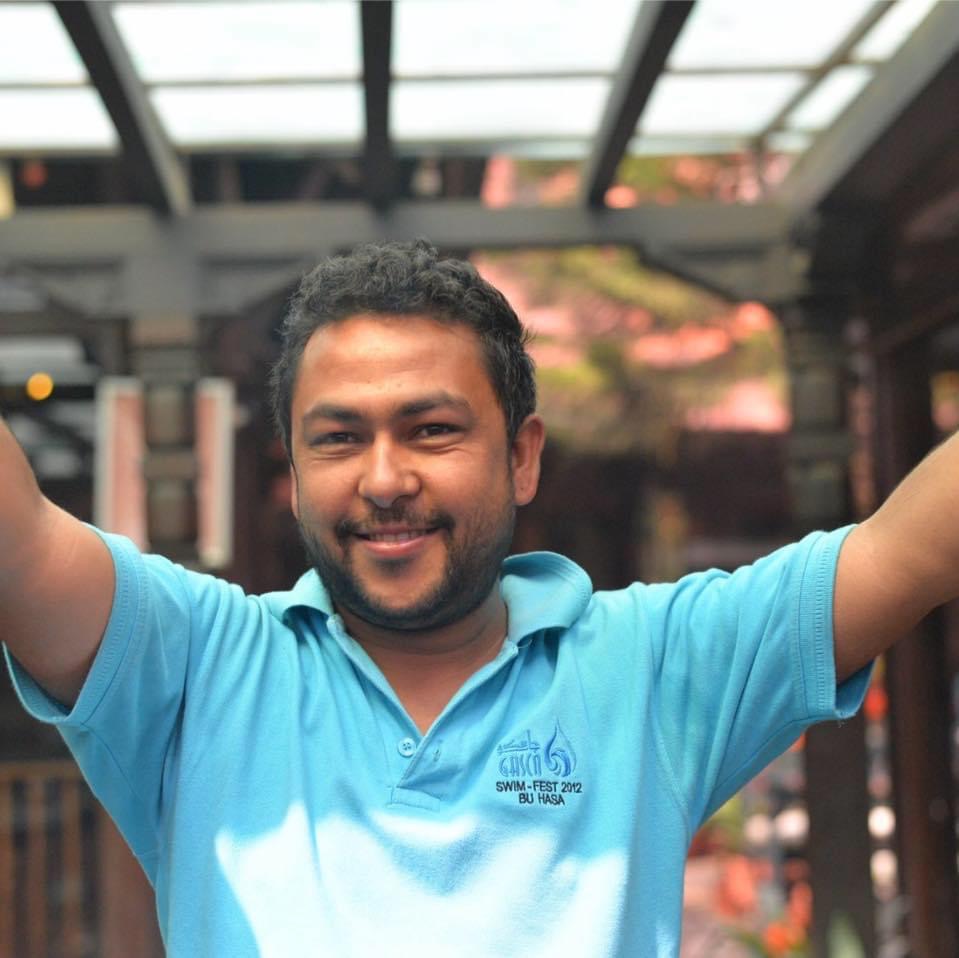 Chris Chhetri
Chris Chhetri